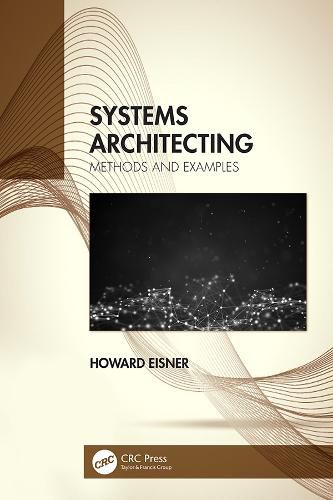Readings Newsletter
Become a Readings Member to make your shopping experience even easier.
Sign in or sign up for free!
You’re not far away from qualifying for FREE standard shipping within Australia
You’ve qualified for FREE standard shipping within Australia
The cart is loading…






This book provides a new approach to systems architecting not previously available. The book provides a compact innovative procedure for architecting any type of system.
Systems Architecting: Methods and Examples describes a method of system architecting that is believed to be a substantial improvement over methods previously covered in other systems architecting books.
Incorporates analytic procedure (decision analysis)
Defines and evaluates alternative architectures
Improves upon existing architecting methods
Considers cost-effectiveness of alternatives
Provides for competitive analysis and its advantages
Shows alternatives on one simple and easily understood page
With the book’s relatively straightforward approach, it shows how to architect systems in a way that both developers and clients/customers can readily understand. It uses one of the essential principles suggested by Rechtin and Maier, namely, Simplify, Simplify, Simplify.
Systems engineers as well as students taking systems engineering courses will find this book of interest.
$9.00 standard shipping within Australia
FREE standard shipping within Australia for orders over $100.00
Express & International shipping calculated at checkout
This book provides a new approach to systems architecting not previously available. The book provides a compact innovative procedure for architecting any type of system.
Systems Architecting: Methods and Examples describes a method of system architecting that is believed to be a substantial improvement over methods previously covered in other systems architecting books.
Incorporates analytic procedure (decision analysis)
Defines and evaluates alternative architectures
Improves upon existing architecting methods
Considers cost-effectiveness of alternatives
Provides for competitive analysis and its advantages
Shows alternatives on one simple and easily understood page
With the book’s relatively straightforward approach, it shows how to architect systems in a way that both developers and clients/customers can readily understand. It uses one of the essential principles suggested by Rechtin and Maier, namely, Simplify, Simplify, Simplify.
Systems engineers as well as students taking systems engineering courses will find this book of interest.